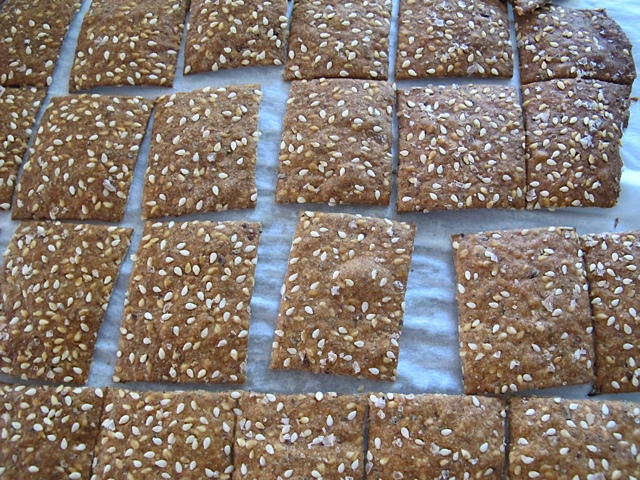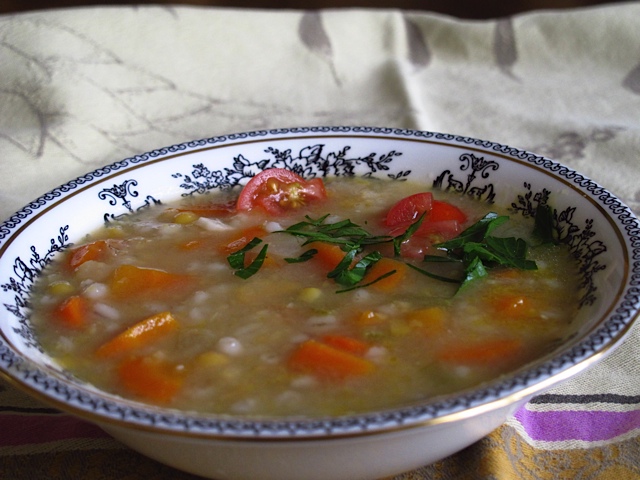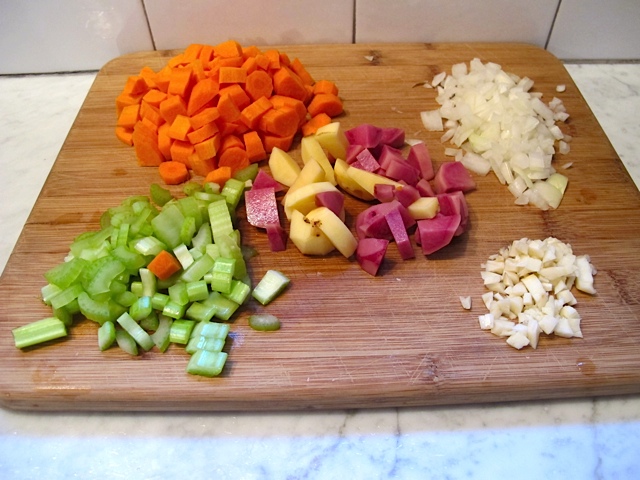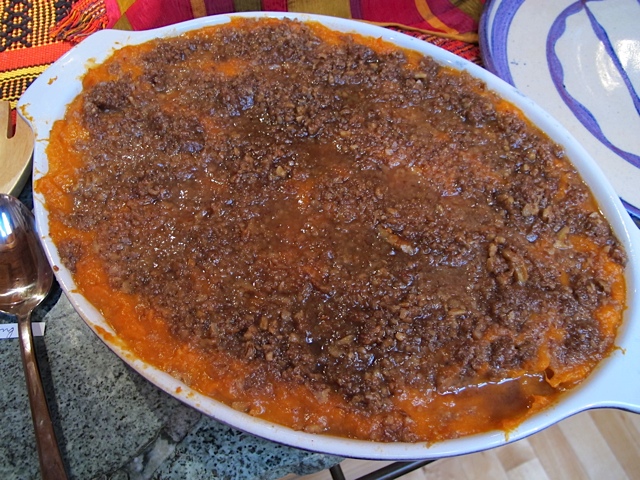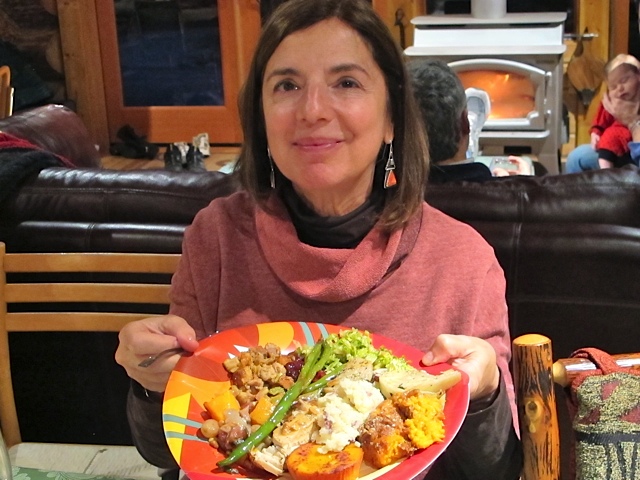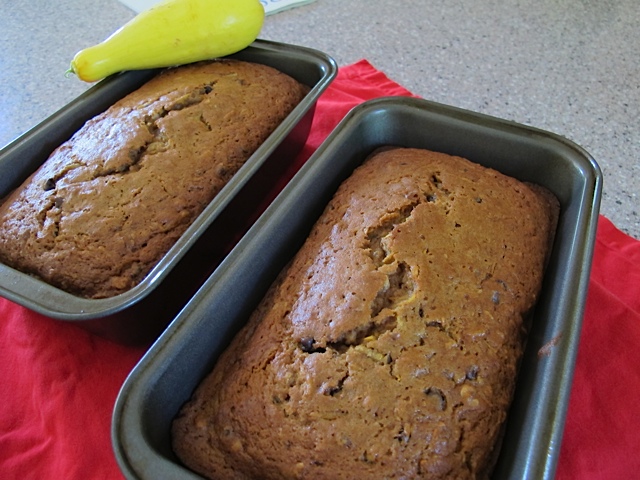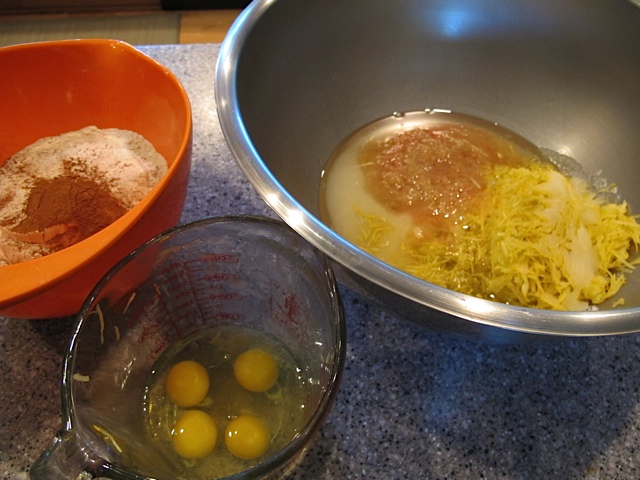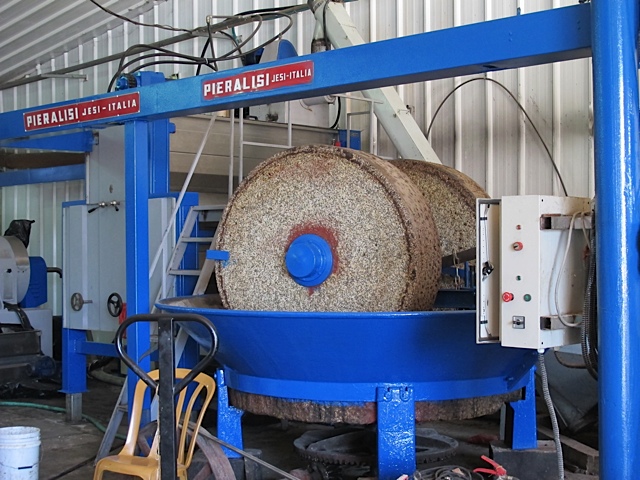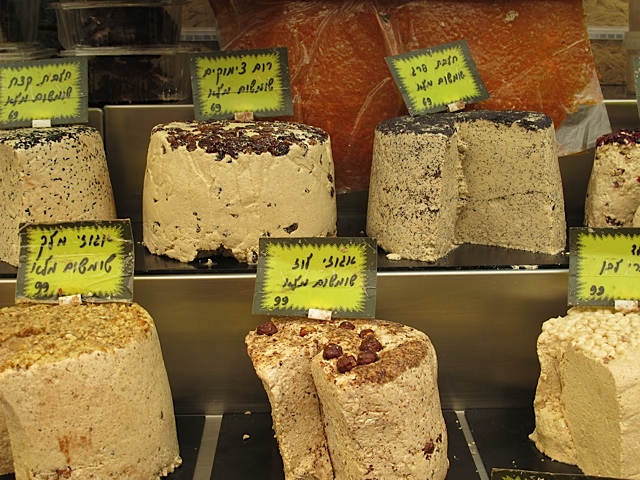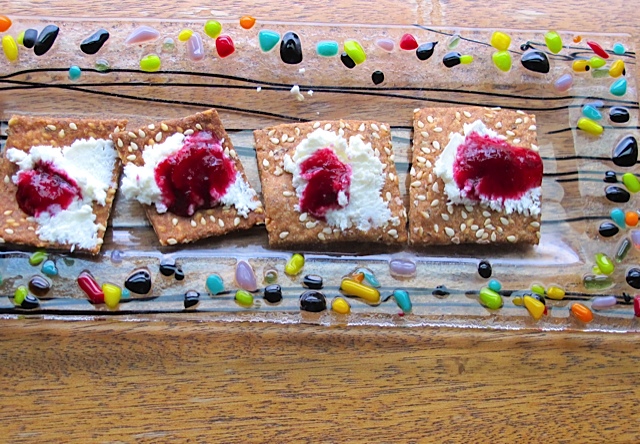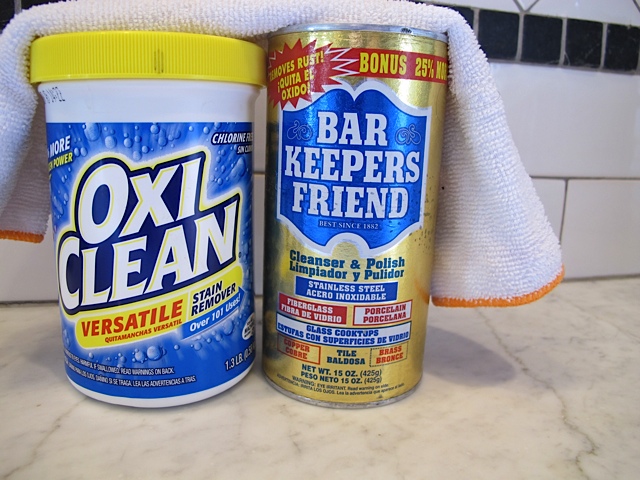Click here to view recipe.
You have read how I often – OK, usually – change recipes before I try to make a particular item and often afterwards when I do a taste test and decide it needs more or less of something. So with humility I am publishing my second rendition of crackers, first published in January of 2012. I made those crackers many times before posting my original version of the whole grain crunchy crackers.
Yet today, after baking countless batches, I streamlined my cracker technique, ingredients and method and in my humble opinion (or as the kids say, “IMHO”) they come out crisper and tastier. The chia seeds are a catchy ingredient, are they not? There is a lot less cleanup, or in Yiddish “Potchkey.” This is how we love them: dark brown and crispy. I continue to make these at least weekly if not more often. And credit goes to my daughter Rachel who bakes these often for her toddlers and who came up with the cutting-on-the-cookie sheet time saver!
Whole Grain Crackers
Makes ~8 dozen
Ingredients:
- 1 ¾ cup 100% whole wheat flour (I use WHITE whole wheat flour for breads – King Arthur brand now calls it Golden Wheat)
- Heaping ⅓ cup toasted whole white sesame seeds (do not grind them):
- 1 tsp fine sea salt
- Heaping ⅓ cup of either sunflower seeds or pumpkin seeds (OR a combo of both)
- 2 Tbsp flax seeds
- 1 Tbsp chia seeds (or you can use all flax seeds, 3 Tbsp total)
- 5 ounces room temperature water-measure in a liquid measuring cup.
- 2 Tbsp pure maple syrup
- 2 Tbsp canola oil
- Coarse salt flakes and about 3/4 cup extra untoasted white or black sesame seeds to top the crackers
Instructions:
Combine whole wheat flour, sesame seeds and salt in a medium bowl.
Place sunflower seeds and/or pumpkin seeds, flax seeds and chia seeds in a small coffee grinder (I have a Krups bean grinder from 40 years ago) and pulse 6 times or until it is ground finely. Add to the flour mixture.
Combine water, syrup and oil together, then and add into the flour mixture with a spatula or Danish whisk. Use your hands to knead briefly 5 or six times and to form a smooth ball in the bowl. Be sure all the flour etc is incorporated. Cover the bowl with a dish towel and leave it for about 20 minutes or up to 12 hours. Do not refrigerate.
Preheat oven to 350 convection or 350 regular
I coat half of the dough by rolling it in an additional 1/3 cup (estimated) of sesame seeds all over (kind of like coating a cookie) To do this, I press half the dough into a 5 inch by 4 inch rectangle with my hands, put the sesame seeds on parchment paper and press them into one side of the dough rectangle, then turn it over and press the remaining seeds into the other side. I then roll it out on the parchment paper (I put the parchment on a silicone mat so it doesn’t slide around)vand make it about 16” x 11” (yes, I measured) . Finally sprinkle the dough liberally and evenly with fine sea salt and run the rolling pin over the dough to let the salt stay in the dough. Last step, cut it into squares right on the parchment lined sheet. Cut them all the way through with the pizza cutter but do not separate the pieces (see photo below). Slide the parchment onto an unrimmed cookie sheet. I just make two cookie sheet’s worth, and both are totally filled. I sometimes need to trim one of the rectangles and put the shards on the other tray. The ever brilliant Rachel came up with this: substitute brown sugar for maple syrup – another friend of mine uses honey and all sunflower seeds.
I bake the crackers for 18 minutes in my convection oven and don’t turn the pans. (If you are using a regular oven, bake at 350 for at least 20 minutes, switching the position of the cookie sheets halfway through. Watch carefully so they are very brown, as much as you like. We love them a pinch less than burned–in other words, very dark brown. Immediately slide the parchment with the crackers onto the counter when you take them out of the oven. (The sheet would continue to cook them.) utes tops) When cool, they break apart easily along the pizza cutter lines. This is simple to do. Remember not to keep them sealed in plastic – I keep mine in an open jar on the counter (more accurately, in a small dish or we’d eat the entire thing in a day). I put out a few at a time. They store well in a paper sack.


